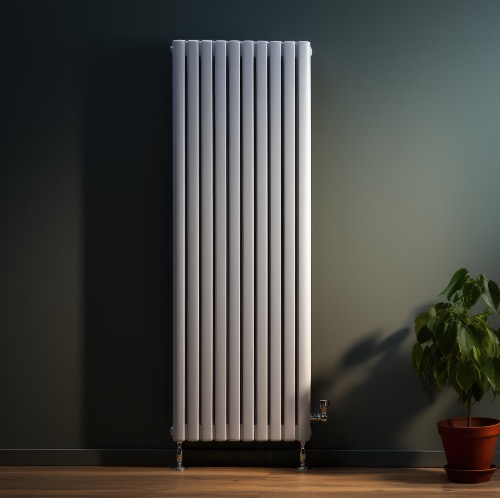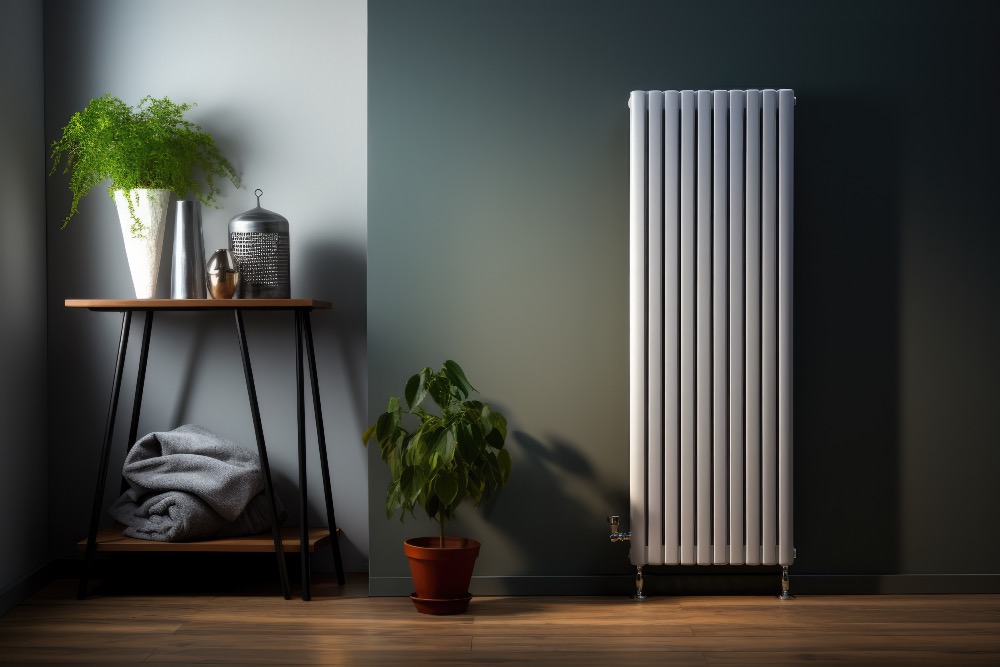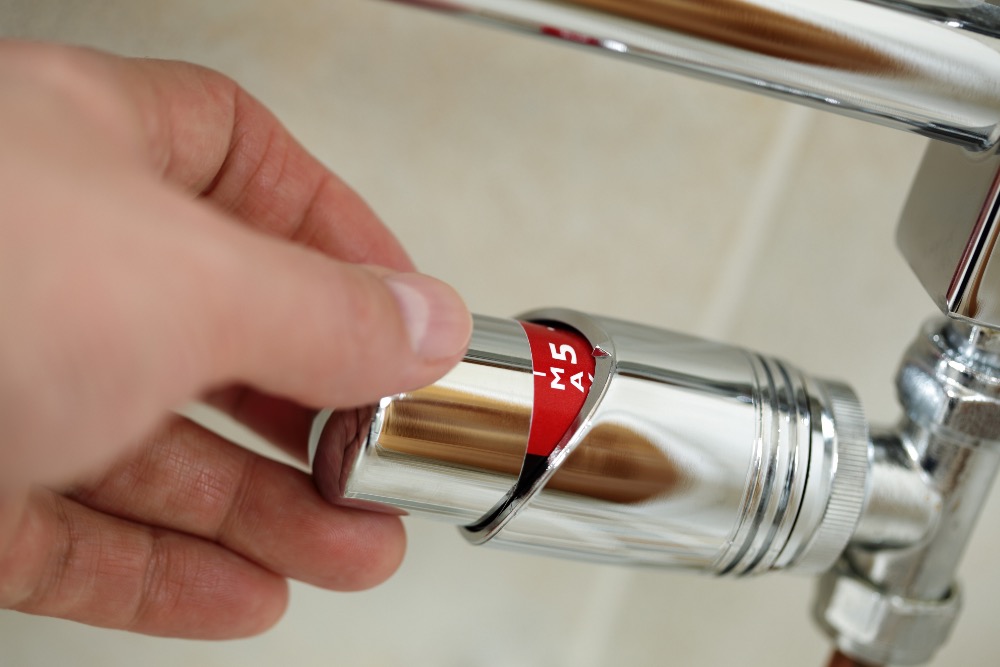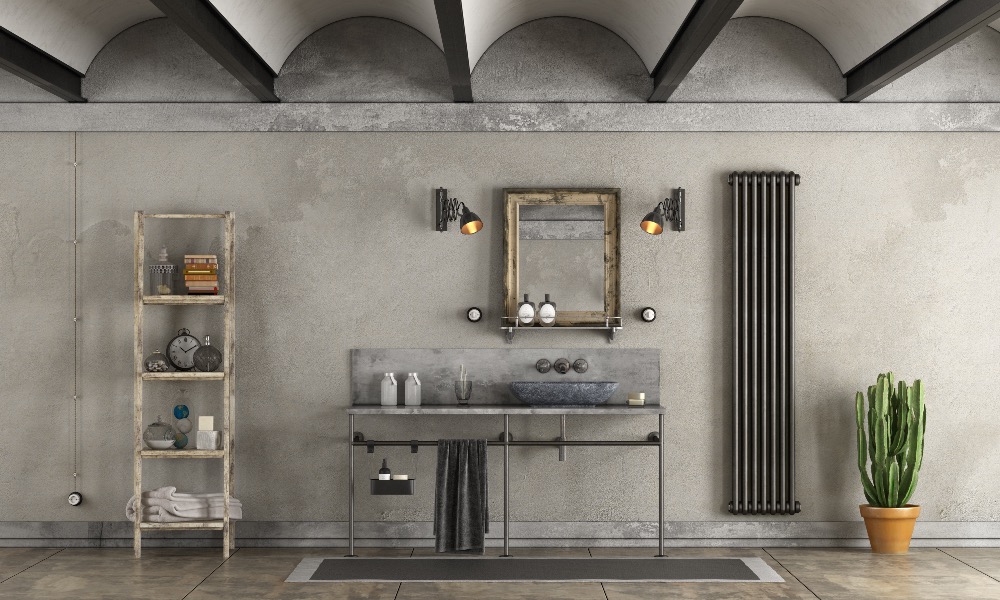Ensuring your home's heating system operates optimally is essential for both your comfort and your energy bills. Balancing radiators, a crucial yet often overlooked or even unknown task, plays a key role in achieving even heat distribution throughout your home and minimising energy wastage.
In this comprehensive guide, we'll walk you through various methods on how to balance radiators effectively, whether you're in the UK or elsewhere. We'll address concerns like how you can balance radiators without a thermometer, balancing radiators with thermostatic valves, and more. Let's dive in!
Understanding Radiator Balancing
Balancing radiators is a bit like fine-tuning a car engine. It's about getting the right amount of hot water flowing through each radiator in your home, so that every room feels equally warm. This process gets rid of those annoying cold spots, makes your place super comfy, and helps you save on energy.
When to Bleed, When to Flush, When to Balance
Now, let's talk about when you need to bleed and radiator and when you need to balance all the radiators in your home.
If your radiators just have some cold spots, specifically near the top, it's probably got air stuck inside and you should try bleeding these radiators first. You can learn more about this in our blog post: How To Bleed Your Radiator.
If your radiators are cold at the bottom, this could be caused by sludge and debris in your system simply preventing water from flowing correctly inside your pipes and radiators. In this instance you will need to flush your central heating system.
If you notice any of the following indicators, it typically points towards radiators in need of balancing:
Variations in Room Temperature: Some rooms resemble a sauna while others stay cold when you switch on the central heating.
Uneven Heating Times: Certain rooms take forever to warm up while others get toasty quick.
Inaccurate TRVs: You find yourself having to go compensate on the temperature dial of your thermostatic radiator valve to get the temperature you want.
In any case, before attempting to balance your radiators, you should bleed every radiator.
Why Balancing Radiators Matters
The idea of balancing radiators might seem a bit daunting, but it's actually an important job if you want a cosy home that's also friendly on your bills. Picture your home if your radiators aren't balanced: You could end up with rooms that feel like saunas while others stay chilly. And that could lead you to turn up the heating and leave it on longer, making your boiler work overtime and causing your energy costs to shoot up.
Balancing radiators is all about tweaking how much hot water flows through each one. When it is optimised, every room gets the same level of warmth. No chilly corners or rooms that feel like ovens. Plus, when your radiators are balanced, your heating system runs the way it was designed, which can lead to some decent savings on your energy bills.
Tools You'll Need for Radiator Balancing
Gather essential tools like a radiator key, a flat head screwdriver, an adjustable spanner and a thermometer for more accurate balancing.
The Quickest Way to Balance Your Radiators
Understanding the process

The diagram above simplifies the flow and return principle of your central heating system. We're showing you this, because the process essentially involves us fine-tuning the Return Valve on the right side. This valve controls how fast the hot water moves through your radiator.
For the warmer radiators, we’re going to try and restrict the flow of hot water through them, forcing the hot water to move onto the next radiator instead of going back to the boiler. As for the cooler radiators, the goal is to make sure they receive more hot water than they were previously. This balance adjustment ensures that every radiator gets its fair share of hot water and plays its part effectively.
Tools you’ll need
Gather essential tools like a radiator key, an adjustable wrench, a bleed key and a thermometer for more accurate balancing.
Step by step guide
To kick things off safely, it's a good call to bleed all your radiators as a precaution. Check out our blog post "How to Bleed Your Radiators" for a quick guide on this.
Start by turning off your central heating so all the radiators cool down.
Open up all the radiator valves, both the Flow Valves and Return Valves, on every radiator.
Turn the heating back on and make a note of the order in which all of your radiators warm up. This order tells you how close they are to the boiler and helps with the balancing.
Turn off the heating again and give everything time to cool. This step helps make your measurements accurate.
Switch the heating on again and go to the first radiator on your list.
Shut the Return Valve completely.
Measure the temperatures of the pipes near the Return Valve and Flow Valve.
Slowly open the Return Valve bit by bit until the temperature difference between those two spots hits 12°C.
You might need to open the valve a bit to get the right result. Small adjustments are the key.
Remember, this takes a bit of patience. Temperatures need time to even out. You might even have to turn the heating off and on again to get things just right.
Repeat Step 6 for the rest of the radiators in the order you jotted down earlier.
Balancing Radiators Without a Thermometer
When a thermometer isn't on hand, people have been known to balance their radiators by gauging the temperature with their hands. It won't be nearly as accurate as using a thermometer, but it can still do the job reasonably well.
Balancing Radiators With Thermostatic Valves
Balancing radiators equipped with TRVs is a breeze. Similar to Manual Radiator Valves, all you need to do is ensure that every Flow Valve is completely open when you decide to balance your radiators.
When to Balance Radiators
Balancing your radiators is a smart move if you notice specific radiators aren't heating up as they should. Also, keep in mind that after conducting any maintenance on your central heating system, the balance might get thrown out. Below are some examples of changes that mean it may be a good idea to think about rebalancing your radiators to ensure everything's working as it should:
Removed radiators for decorating or otherwise,
Flushed your central heating system,
Replaced your boiler,
Replaced your central heating pump.
Conclusion
When it comes to keeping your home warm efficiently, keeping your radiators balanced is key. No matter where you live or the size of your home, our detailed guide is your roadmap to ensuring comfort whilst conserving energy and ensuring a longer life for your heating system.
Frequently asked questions
What is balancing a radiator and why is it important?
Radiator balancing involves adjusting the flow of hot water through each radiator to achieve even heat distribution in your home. It ensures consistent room temperatures and energy efficiency.
How does radiator balancing contribute to energy savings?
Balancing radiators ensures that each room heats up correctly in a reasonable time, preventing overworking of the heating system and reducing energy wastage, which ultimately leads to lower energy bills.
How do I know if my radiators need balancing?
Uneven room temperatures, varying heating times, and having to adjust thermostatic radiator valves frequently can indicate that your radiators need balancing.
Why is the temperature difference set to 12 degrees during radiator balancing?
The temperature drop between the hot side and the cold side of the radiator should be 12 degrees because this is deemed to be the most efficient temperature difference to achieve optimal heat distribution and comfort in your room.
Can I balance radiators without a thermometer?
Some people use their hands to gauge temperature differences when balancing their radiators, although it's less accurate than using a thermometer. The process can still help achieve reasonable balance.
How often should I balance my radiators?
Balancing is necessary when you notice temperature inconsistencies or after conducting maintenance on your heating system, such as replacing radiators, flushing the system, or changing the boiler.
What tools do I need to balance my radiators?
Essential tools include a radiator key, an adjustable spanner, a flat head screwdriver, and a thermometer for accurate balancing.
What's the difference between bleeding, flushing, and balancing radiators?
Bleeding removes trapped air from radiators, flushing clears debris from the system, and balancing adjusts water flow to achieve even heating.
How do I balance radiators with Thermostatic Radiator Valves (TRVs)?
Balancing radiators with TRVs is the same as any other radiator valve. You should ensure that the flow valve on each radiator is fully open during the balancing process.
Can radiator balancing be done by homeowners, or should I hire a professional?
Homeowners can typically perform radiator balancing using the provided instructions and tools. However, if unsure, consulting a professional heating technician is always a possibility.
Is radiator balancing a one-time task, or should it be done regularly?
While radiator balancing doesn't need to be done frequently, it's recommended to check the balance periodically, especially after performing some kind of maintenance or any other significant changes in your heating system.
How can I tell if my radiators need bleeding, flushing, or balancing?
Cold spots at the top indicate the need for bleeding, cold spots at the bottom might require flushing, and uneven heating across rooms points to the need for balancing.
In what order should I balance my radiators?
The order in which your radiators warm up after turning on the heating can give you an idea of their proximity to the heat source, which is the order in which you should balance them.
Can I balance radiators in a multi-story home?
Yes, radiator balancing is applicable to multi-story homes as well. Follow the same principles to achieve balanced heating across all floors.
How much time does it take to balance all the radiators in a typical home?
The time required for balancing depends on the number of radiators and your familiarity with the process. It's not a quick process and might take a few hours to complete.
What benefits can I expect after successfully balancing my radiators?
After balancing your radiators, you should enjoy consistent room temperatures, improved comfort, energy savings, and an optimised heating system.
What should I do if my radiators are still unevenly heating after attempting to balance them?
If your radiators continue to have temperature variations after bleeding, flushing, and balancing, it's advisable to consult a professional heating technician to diagnose and address any underlying issues in the system.
Any more questions?
If you have any queries or questions about the products we sell, or even your next project, give us a shout! We'll try our best to give you a hand.



